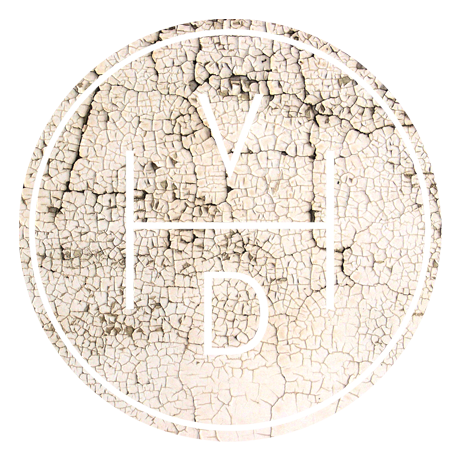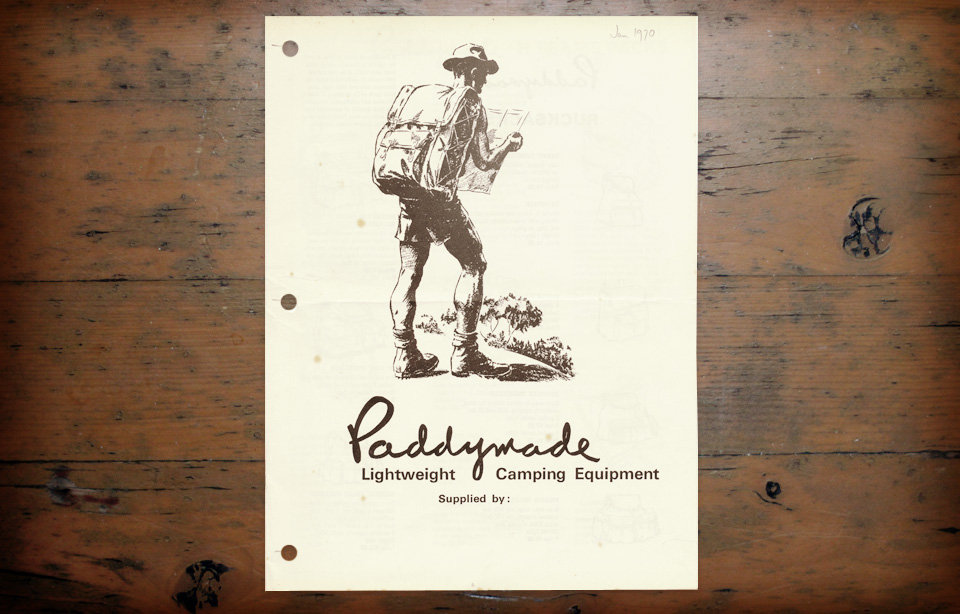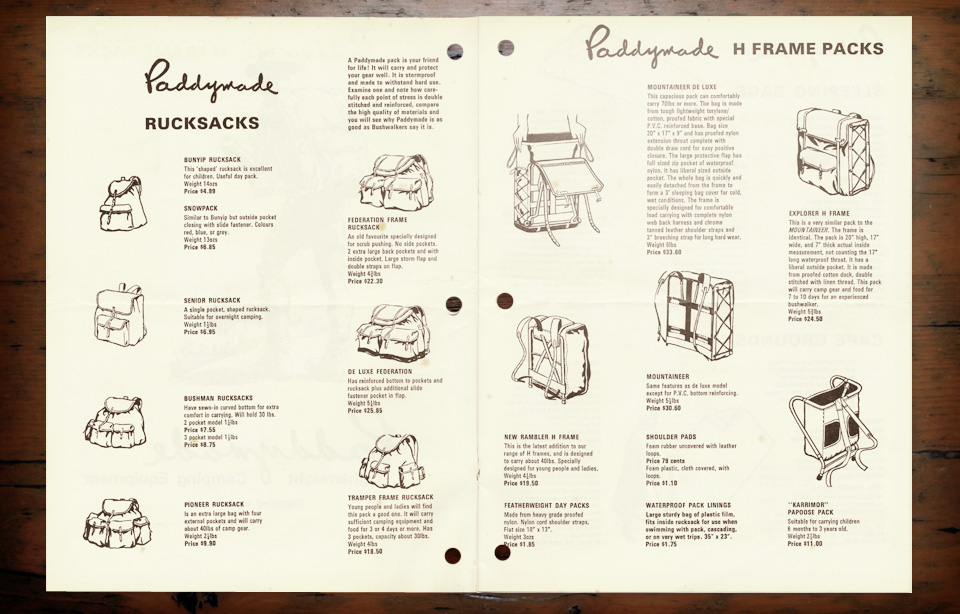Mt. French, Frog Buttress, climbers' camp - 1973
Billy tea is a legendary Australian outback brew favored by bushmen. Ted Cais who contributed some of his vintage bushwalking and climbing photography has also been kind enough to pen some of his early memories of billy tea.
“The “Smoke-O” was a staple of outback life around Kajabbi station where I spent my childhood years and never was a finer tea prepared than on an open bush fire.
First, you converted a used jam tin into a billy by threading fencing-wire through holes punched near the top for a handle. The water had to be from a local creek or billabong already steeped in subtle flavours from extracts of plants and wildlife.
Gum trees were plentiful and provided excellent firewood that would be roaring in no time at all. The blackened billy was suspended in the flames without a lid so the water would absorb sparks and ashes whilst coming to a roiling boil. Green eucalyptus leaves were essential on the fire for smoke and distilled oils to imparted a heady signature smoky flavor and complexity.
Brands like “Billy Tea” or “Ty.Phoo Tea” were common in the era and came in coarse leaf form to be measured by eye in a cupped hand and added the instant the boiling water was removed from the fire. Then the billy would be given a few raps with a stick to disperse the leaves and allowed to stew for five minutes or so to achieve a bitter potency saturated with tannins.
The final touch was to swing the billy around your head so centrifugal force would settle the leaves, after which the tea could be decanted into a chipped enamel pannikin. Some might add sugar or even a touch of sweetened condensed milk but the tea was best straight and scalding.
The bushmen would squat around the fire sipping this divine tea while rolling a smoke in Zig-Zag (or Tally-Ho) papers from ready-rubbed flake tobacco with their free hand. A glowing coal from the fire provided the best light so as not to spoil the cigarette with sulphur fumes from a match.
The only tea to compete in aroma is Lapsang Souchong but its flavour is always lacking compared to the classic bush cuppa described above.”
A huge thanks, as ever, to Ted. You can see all of his photography here.







